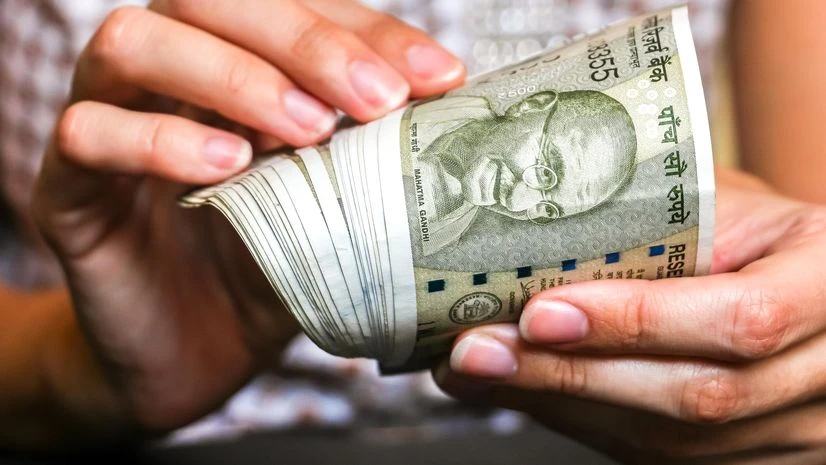)
Additionally, in the calendar year 2023, the local currency displayed remarkable stability against the dollar, marking the least volatility it has witnessed in nearly three decades | (Photo: Shutterstock)
The Indian rupee was the second-worst performing Asian currency in August, after the Bangladesh Taka, due to strong dollar demand and outflows from domestic equities. It depreciated by 0.2 per cent during the month, with only these two currencies experiencing a decline against the US dollar over the period.
The rupee settled at Rs 83.86 per dollar on Friday.
“The rupee depreciated by 0.2 per cent in August to currently trade at 83.87 per dollar, close to its lifetime low of 83.97 per dollar. This occurred despite the weakening US dollar. The factors that impacted the rupee include a slowdown in foreign portfolio investment (FPI) inflows, mainly in the equity segment, and increased dollar demand by importers. In contrast to most global currencies, which rose against the dollar, the rupee declined,” said Sonal Badhan, economist at Bank of Baroda.
In the current financial year, the rupee has depreciated by 0.6 per cent so far.
The rupee was the third most stable Asian currency against the US dollar in the financial year 2023-24, after the Hong Kong dollar and the Singapore dollar, primarily due to timely intervention by the Reserve Bank of India. The rupee depreciated by 1.5 per cent over the year, compared to 7.8 per cent in the previous financial year (FY23).
Additionally, in the calendar year 2023, the local currency displayed remarkable stability against the dollar, marking the least volatility it has witnessed in nearly three decades.
The Indian unit experienced a marginal depreciation of 0.5 per cent against the greenback. The last time the Indian unit exhibited such stability was in 1994 when it appreciated by 0.4 per cent.
As the rupee touched a record low in August 2024, despite a weak US dollar, market participants expect the local currency to remain range-bound in the near term.
The weakness in crude oil prices and recent changes to the MSCI index, which added seven Indian stocks and increased the adjustment factor for HDFC Bank, could potentially boost FPI inflows into equities, further aiding the rupee.
“We maintain the stance that, for now, the Reserve Bank of India would not allow the rupee to cross 84 and would await signals from the Federal Reserve on interest rates before moving forward,” said Anil Kumar Bhansali, head of treasury and executive director at Finrex Treasury Advisors LLP.
First Published: Sep 01 2024 | 2:37 PM IST





